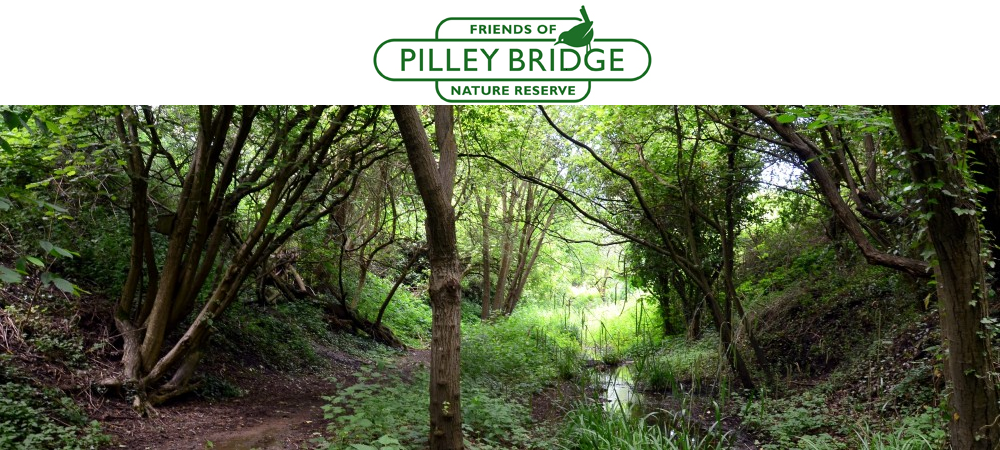Work has started in the Nature Reserve to remove some of the trees, and already the place looks the better for it. Dave Cramp (who gave such a great illustrated talk to the Friends Group last week at Mel’s Cafe) and Jessie and Carlo from the Bee Guardian Foundation have all visited recently and been very pleased with the progress.
The object is to establish habitats with a balance of light and shade. Trees are good, but there were too many and the place was becoming dark and cold. We can expect far more flowers and flowering shrubs (yes, and lots of brambles which we will have to cut back here and there!) and then the insects and birds which go with them. We hope to see more of the rare Pearl-bordered Fritillary butterfly which has been seen for the last two years, as more violets grow.
Some wood has gone to the Bee Guardian Foundation for the construction of bee houses, some is being carried out for peoples’ stoves, and the up-coming work party will be involved in stacking some for ad hoc seats and for habitat piles. Some piles of branches will also be stacked as invertebrate habitat, and untidiness will be the order of the day!
Many of the trees in the Nature Reserve are Ash, so it is likely that we will lose them within 10 years. In due course, and as we see how the disease progresses, it may be appropriate to plant more trees to replace them, but for now it is too early to say. The loss of the Ash trees, while it is an environmental disaster, will also present some opportunities. It will not be all bad news.
